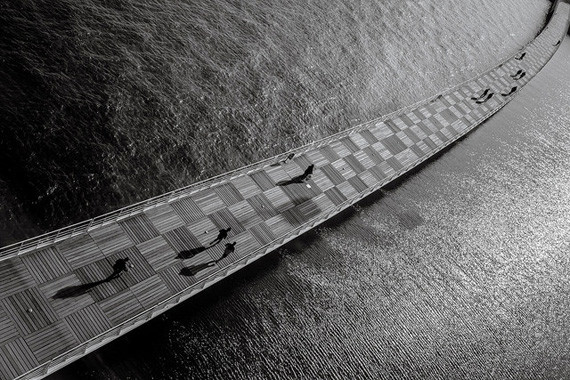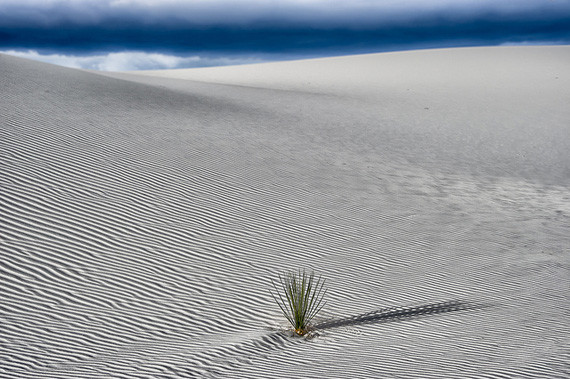A photographic image is successful when it successfully grabs the attention of the viewers. Images can do this in a variety of ways. Eye-catching color is often used for this purpose. Leading curves can also be used. On the other hand, there exists a method that is often overlooked. That method is the use of texture. Consequently, this article will take a look at the various types of texture photography.

Photo by Tuncay Coskun; ISO 400, f/11, 1/340 exposure.
Of course, the very first thing that needs to be done is to define texture photography. The definition is really very simple. The images of texture photography derive at least part of their impact through the use of texture.
The next question is “what exactly is texture?” Texture can be formed by surface irregularities, like the surface of an old brick or by small forms that reside on a surface, like that found on a pile of coins.
Three Types of Texture Photography
This article will cover three of the most common forms of texture photography — texture used to enhance detail, drama, or information.
Detail: With this type of photography, the detail in the surface of the object being photographed is the most important feature of an image. The actual object is of lower importance. In order to employ this technique, the camera can be moved in for a close-up of the detail, or a portion of an image can be photographed (the portion with the best texture). An example of this type of texture image would be a close-up of the patterns observed in old rock formations.

Photo by Howard Ignatius; ISO 200, f/13, 1/160 exposure.
Drama: With this next approach, the texture is utilized to add drama to an image. In this type photography, texture actually plays a supporting, rather than the principal, role in an image. Rather, it is one component of the image that serves to spice up the image.
Since the color or contrast of the texture is what usually grabs the viewers’ attention, it is important to pick subject matter that has detail with appropriate color or contrast.
A good illustration of this form of imagery is the shots of large canyons that have numerous layers of different colored rock.
The best light for bringing out the drama in texture is often side light.
Information: Utilizing texture to communicate information about a photographic subject is the last form of texture photography that we will examine. In this kind of photography, the texture communicates information about an object that enhances the impact of the photo. As an example, an image of a rusting, decades old vehicle rusting in the desert sun subtly alludes to the history of which the car was part.
For information texture images, it is crucial to identify precisely what information the texture is to communicate and compose the image in such a way that the texture brings out the proper message. The result will be a much better image.

Photo by Diego Charlón; ISO 200, f/6.3, 1/400 exposure.
One other significant point is to make certain that the texture serves a subservient role in this type of image. Put simply, the texture should help to enhance the center of interest not overwhelm the center of interest.
About the Author:
Ron Bigelow (www.ronbigelow.com) has created an extensive resource of articles to help you develop your photography skills.
Like This Article?
Don't Miss The Next One!
Join over 100,000 photographers of all experience levels who receive our free photography tips and articles to stay current:






Terrible post. No explanation of where the texture is. When you say “texture” I am thinking textures added in post-processing in software. When you use “texture” as something being presentv in your subject, I’d use the word “structure” or “detail” or even “crunch” but not “texture”.
Sorry, I apprecate the effort but you do not describe the example images.